“Ride in Style: Exploring the Vibrant World of Matatu Art Culture in Kenya”
Kenya’s matatu art culture is a vibrant, colorful, and expressive representation of urban life, deeply intertwined with the everyday experiences of its people. Matatus, which are privately-owned minibuses or vans, are the most common form of public transportation in Kenya, especially in cities like Nairobi and Mombasa. But they’re not just a means of getting from point A to point B—they have evolved into cultural icons, largely due to the bold, graffiti-style artwork that adorns them.
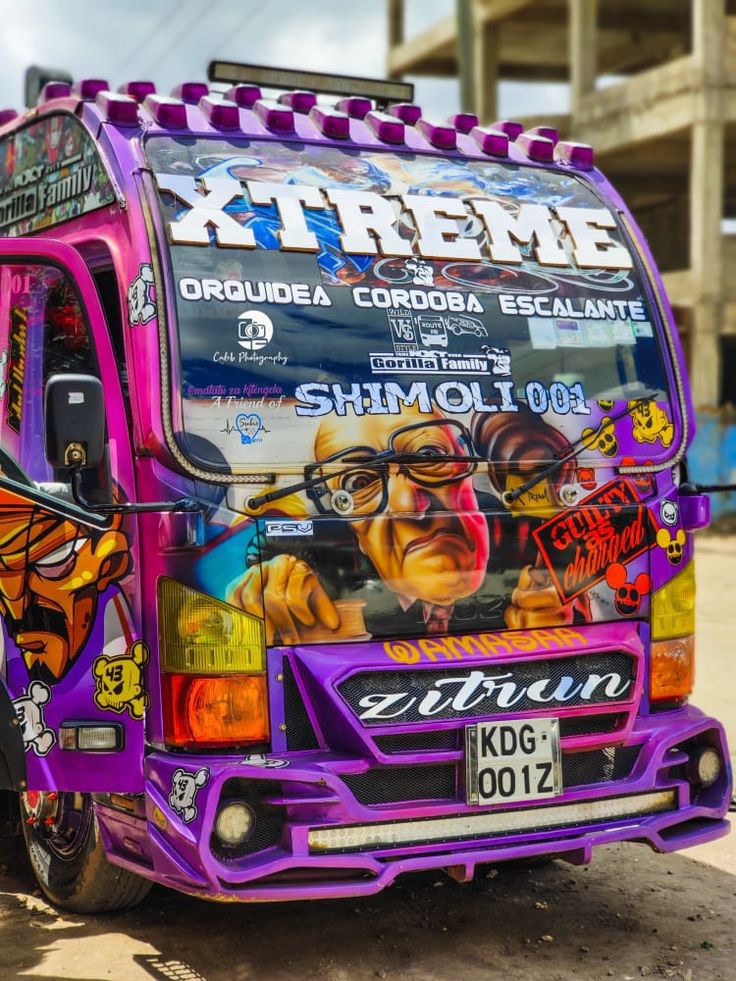
The Art
The exterior of a matatu is often an explosion of color and creativity. Brightly painted murals cover every inch of the vehicle, with themes ranging from local heroes and pop culture icons to global celebrities and historical figures. You’ll find everything from Bob Marley to Beyoncé, religious images, motivational quotes, and political statements plastered across the sides of matatus. The art often reflects the driver’s or owner’s personality and tastes, making each matatu a rolling canvas of individuality.
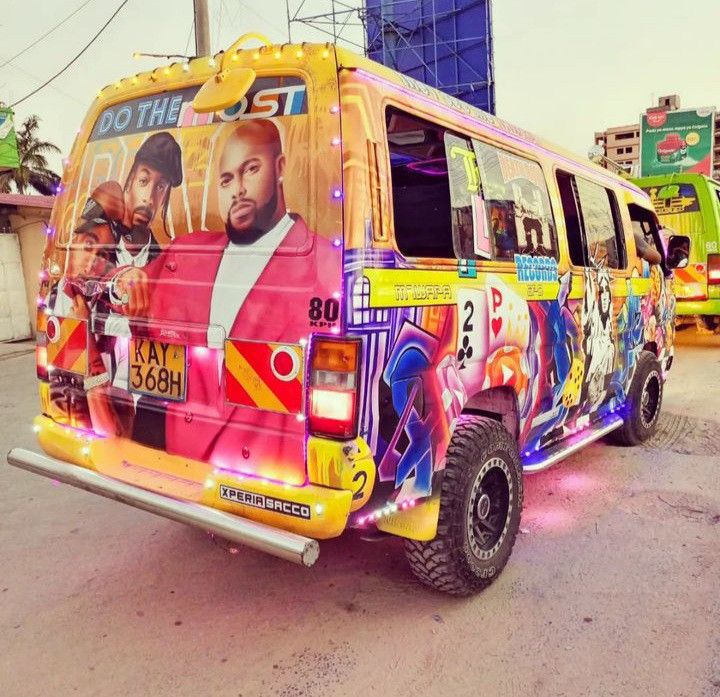
The artwork is not confined to just paint. Matatus are also decked out with elaborate lighting systems, flashy rims, and custom interiors. Inside, passengers might find LED lights, velvet seats, and booming sound systems that turn the ride into an impromptu party.
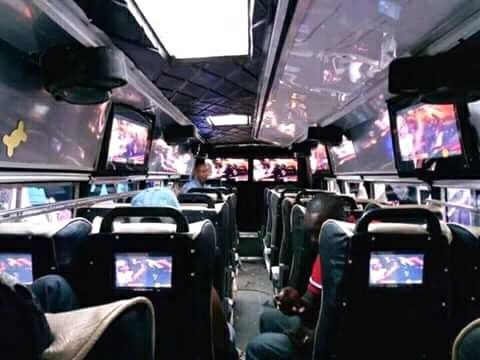
Music and Culture
Beyond the visuals, matatus are cultural hubs, especially for the youth. Many matatus are equipped with state-of-the-art sound systems that blast the latest Kenyan hits, reggae, hip-hop, and international tracks. The music becomes an essential part of the experience, and for many young Kenyans, it’s more than just transportation—it’s a vibe. Riders often choose their preferred matatu based on the music and artwork, creating a sense of loyalty and community around certain vehicles or routes.
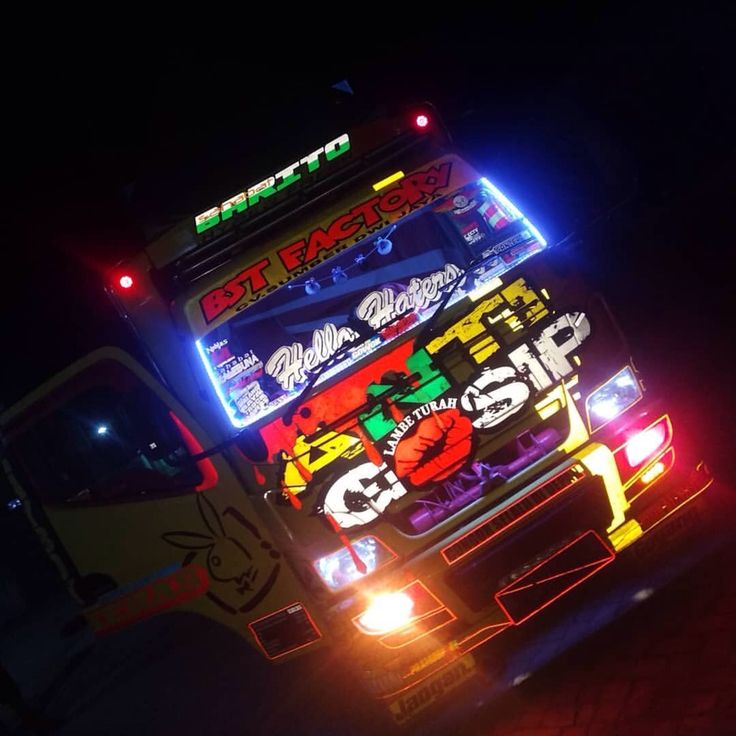
The matatu experience is also a reflection of Nairobi’s fast-paced, energetic lifestyle. As these buses zip through crowded streets, dodging traffic, honking loudly, and picking up passengers at a breakneck pace, they mirror the city’s constant hustle. The drivers, known for their fearless maneuvers, have become almost legendary figures, pushing the limits of Nairobi’s roads.
Fashion and Identity
The matatu culture is deeply embedded in urban fashion and youth identity. Many Kenyans see the matatu as a symbol of the modern urban hustle—a blend of tradition and contemporary influence. For passengers, especially young people, riding in a cool, stylish matatu is a statement of identity and status. Similarly, the drivers and conductors of these vehicles take pride in being associated with the most popular, well-designed matatus.
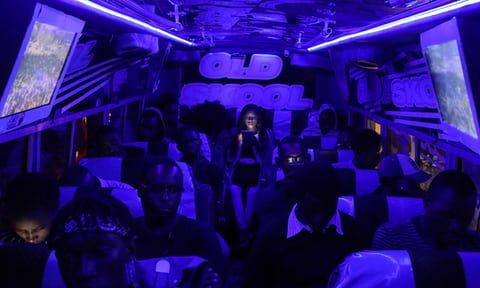
Over time, matatu art has not only become a lifestyle but also a movement. There are annual awards for the best-designed matatus, and the vehicles are regularly featured in local media, documentaries, and even global platforms highlighting Kenyan creativity. The designs are so influential that they inspire fashion trends, music videos, and streetwear in Nairobi.
Social Commentary
Beyond the aesthetics and entertainment, matatu art also serves as a form of social commentary. Many of the designs feature political messages, opinions on social justice, and reflections of Kenyan society’s challenges. It’s common to see images that express frustration with corruption, advocate for peace, or celebrate national pride. In this way, the matatu becomes a moving billboard for the voices of the people, carrying messages to every corner of the city.
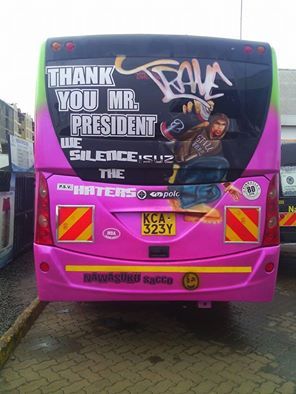
Challenges and Regulation
Despite their cultural significance, matatus also face scrutiny. Over the years, there have been attempts by authorities to regulate the industry—sometimes cracking down on overly flashy designs, noise pollution from loud music, and reckless driving. While efforts have been made to improve safety and organization, the heart of matatu culture remains resilient, continuing to evolve and adapt within these constraints.
Conclusion
Kenya’s matatu art lifestyle is more than just a transport phenomenon—it’s an urban subculture that blends art, music, fashion, and social commentary. It reflects the heartbeat of Nairobi, capturing the energy, creativity, and resilience of its people. Whether you’re a daily commuter or a first-time visitor, stepping into a matatu is stepping into a world where the journey is just as exciting as the destination.
3 responses to “The Matatu Art Culture”
-
Good stuff
-
You’ve managed to create something both thought-provoking and deeply comforting — not an easy feat.
-
The prose has a contemplative steadiness. It allows reflection, encourages presence, and creates a rhythm that mirrors thoughtful breathing.
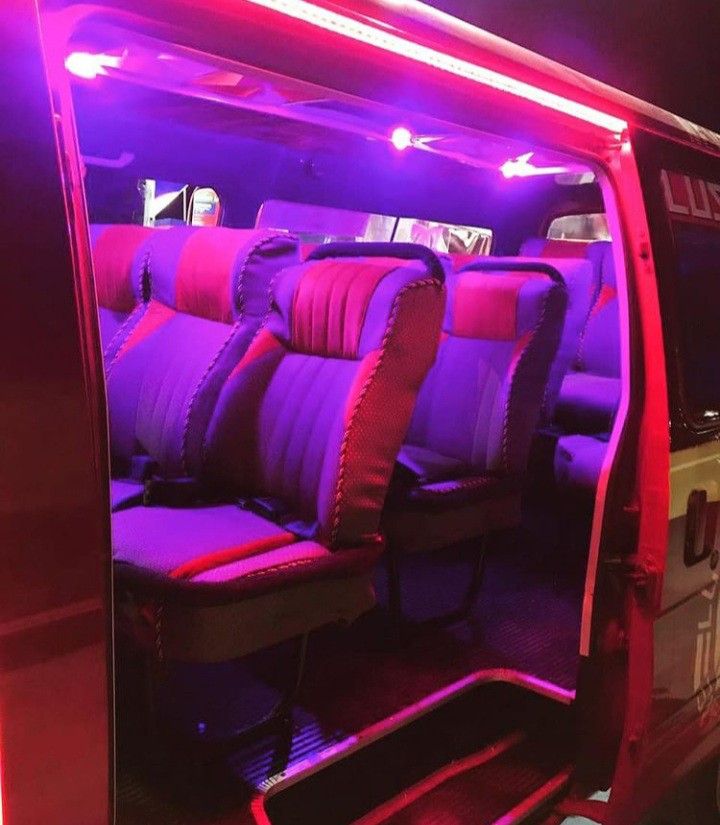
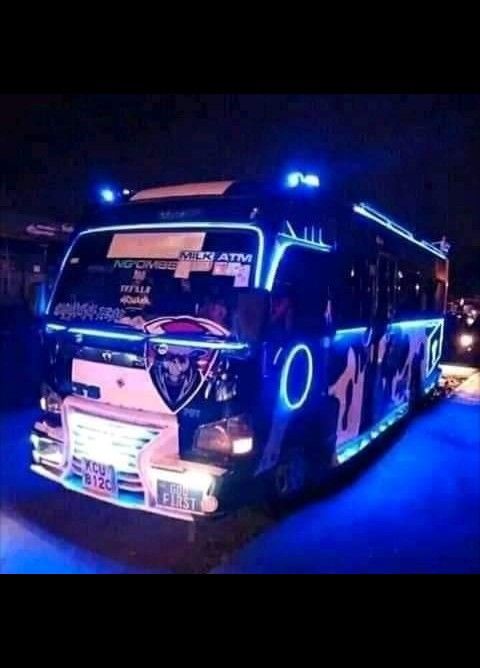



Leave a Reply to Anonymous Cancel reply